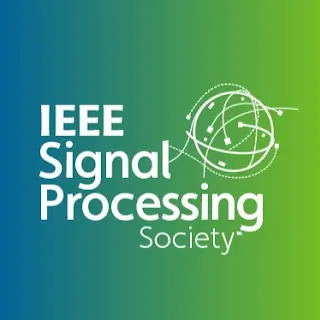Channel Estimation: Unified View of Optimal Performance and Pilot Sequences
Channel estimation is of paramount importance in most communication systems in order to optimize the data rate/energy consumption tradeoff. In modern systems, the possibly large number of transmit/receive antennas and subcarriers makes this task difficult. Designing pilot sequences of reasonable size yielding good performance is thus critical.
